Wearable tech for home monitoring, NHS? We can do better than that!
More in the news over the past few days examining developments in plans for ‘Hospital At Home’. We were really interested to read this recent piece in the Daily Mail – NHS bosses plan to ease bed crisis by turning patients’ bedrooms into wards in new initiative | Daily Mail Online. The journalist reports that up to 25,000 people could be treated at home through the scheme – in ‘virtual wards’ using new technology. In reality that ward would be your bedroom, or whichever room in your house you chose to be treated in. Which sounds nice. And given waiting lists for operations are huge at the moment a scheme like this, which frees up space in hospitals, reduces risk of exposure to other illnesses and gives someone the comfort of being in their own home sounds like a great step forward for the health service. Under huge pressure and with finite resources, the health service has to think laterally about how it can deliver quality healthcare provision.
The right tools for the job
Whilst the team here at StackCare is all for the Hospital at Home initiative the Mail’s piece alarmed us (pardon the pun) when it pointed out how “[Patients] will be given mobile phones and wearable devices that allow doctors to monitor their vital signs remotely on ‘virtual wards’.”
Wearable devices and mobile phones! We’re sure the NHS can do better than that! Wearable technology is fine and it has its place, but in reality the technology available nowadays to the health and care sectors for home monitoring has moved on well beyond that.
In fairness, people ‘get’ wearable technology, devices like pendants have been around for years and are often the first gadgets people think of when asked about home monitoring solutions, particularly for elderly independent living friends or relatives.
This is fine, but they’re limited in what they can do and rely on end user interaction – if someone becomes confused, loses consciousness or can’t physically reach the device it’s rendered fairly useless. Fundamentally, the person wearing the device has to activate it for it to be of benefit. A carer or warden may try to contact the person through their pendent but how long could that take? It could be quite some time before anyone raises the alarm.
A 360° view
This type of technology also has no capacity to monitor and report back in real time on activity levels, sleep patterns or house temperature – all key indicators of both physical wellbeing and safety and of the patient being in a suitably warm environment.
If Hospital at Home technology is to fulfil its role it needs to be able to give a full 360 degree reports, updates and notifications about the person being treated. Without it medical professionals could well be missing out on crucial details on how the patient is actually doing, and risk misdiagnoses and/or making things worse. There is tech out there that can deliver these enhanced reports and it should be used.
The market for home monitoring systems for the elderly has really moved on in recent years and the use of AI enabled, camera-free, Wi-Fi enabled technology, using mobile apps are becoming more and more popular with both families supporting independent living elderly relatives in their own homes and the elderly relative themselves. Elderly assistance products are more sophisticated than ever and there is huge cross over and obvious benefits they could bring to the NHS in its Hospital at Home scheme.
The need to think broadly
There is mention of AI technology in the government’s plans, and resource set aside to help roll in out across the Hospital at Home programme. But we’d argue it needs to be at the core of the initiative with legacy gadgets such as pendants featuring only where totally suitable. If the Government is investing lots of taxpayers money in Hospital at Home it owes it to tax payers to ensure that the very best tools are being deployed to deliver the care people will expect.
However, one key obstacle for this AI rollout is the level of understanding amongst healthcare professionals of what AI is and what it can do for them. Our CEO Noel wrote in AT Today recently on this – click here to have a read. As Noel says, AI represents such a massive opportunity for our healthcare provision we can’t afford to ignore it, or adopt it badly.
We’re genuinely excited about Hospital at Home and keen to see it succeed – it might well be the panacea the NHS so urgently needs. But for it to be a success those involved need to consider the full broad spectrum of technologies available to them and how they’re rolled out.

